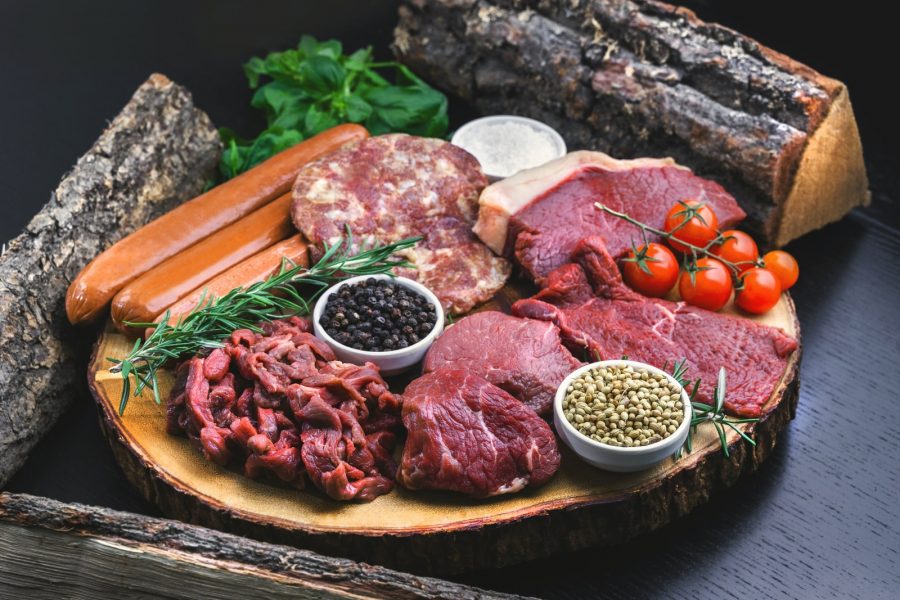Despite the rise of plant-based alternatives last year, meat department sales reached $82.5 billion in 2020, an increase of 19.2%, according to the 2021 Power of Meat report from FMI and the Foundation for Meat & Poultry Research & Education, prepared by 210 Analytics.
MEAT CONSUMPTION
Seventy-one percent of Americans said “meat eater” best describes how they eat today. However, the share of meat eaters dropped from 85% in 2019.
At the same time, flexitarianism— a primarily vegetarian diet with occasional meat consumption —grew to 19%, up from 10% in 2019. The top reason for wanting to eat less meat/poultry was health concerns over red meat.
Healthy living was shown to have a greater impact on food purchases than climate change or animal welfare and knowing where food comes from was important to 64% of shoppers. More than three-quarters of meat shoppers agreed that meat and poultry belong in a healthy balanced diet—up from 64% in 2020.
PLANT-BASED ALTERNATIVES & BLENDS
Shopper interest in meat departments offering blended and plant-based meat alternatives was virtually unchanged from 2020, but interest in blended meat and vegetable items remains significantly higher than interest in meat alternatives. A quarter of meat shoppers reported being very interested in plant-based meat alternatives, versus 35% who were not.
Meanwhile, 60% of meat shoppers were not interested in meat from gene-edited animals and 58% were not interested in cell-based meat.
AT-HOME MEAL PREPARATION DURING PANDEMIC
Shoppers estimated that they prepared 84% of all meals at home in December 2020. Though it was less than the high of 89% in April 2020, it’s still higher than pre-pandemic figures, according to the weekly IRI/210 Analytics survey of primary grocery shoppers.
More than four in 10 meat shoppers bought more meat and poultry than usual, driven by more at-home dinners (75%) and more at-home lunches (56%), particularly among those working from home.
MEAT CHANNEL CHOICES
Supermarkets remained the largest outlet for meat and poultry sales in 2020, followed by supercenters. Online shopping received a big pandemic boost with 56% reporting having bought groceries online in the past year, up from 40% in 2020.
WHAT CONSUMERS WERE BUYING
Beef sales surged 23.7%, reflecting $5.8 billion in additional revenue—more than all other fresh proteins combined. Chicken had the lowest percentage growth in 2020, but still grew 15.2%.
Seventy-two percent of meat shoppers looked for meat and poultry they consider better-for-me/my family. About three in 10 shoppers also sought out items they perceive as being better for the planet, the farmer/worker, or the animal.
More than half of consumers also had a brand preference when purchasing fresh meat and 67% preferred brands when buying processed meats.
HEALTH & SUSTAINABILITY
Specific to purchasing meat and poultry, 28% of shoppers put a lot of effort into making nutritious and healthful choices, with an additional 43% giving it some effort. Ninety-four percent of shoppers said nutrition and health was at least a moderately important reason for including meat and poultry into their diet.
Additionally, 44% of meat shoppers said animal welfare concerns impact their food decisions. More than half said transparency is important, whether from the brand or the grocery store.












